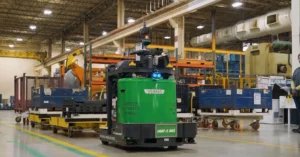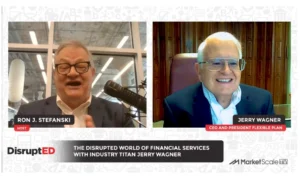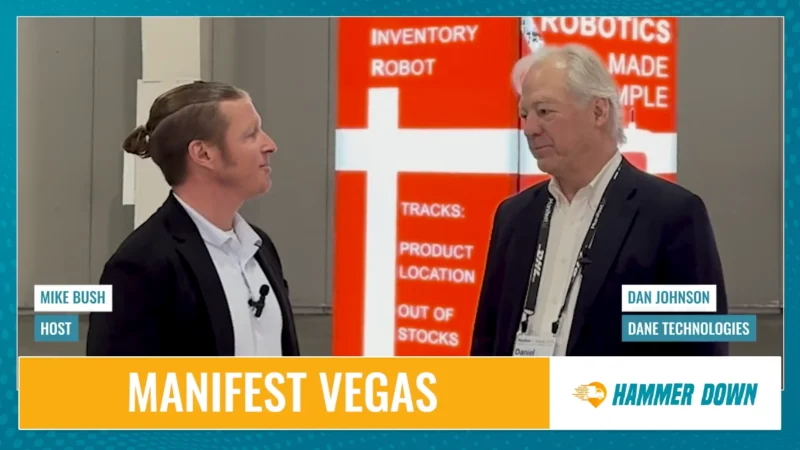How Are Unionization Efforts Building In The Auto Industry?
Unions are again gaining steam in the United States, especially in the auto industry. A great example of this is NLRB’s battle in reinstating a Tesla employee and union activist and the fight over an anti-union tweet from Elon Musk.
What are some of the other trends of unionization in the transportation industry, and how are economic factors that impact the supply chain putting pressure on workers?
Voice of B2B, Daniel Litwin talked with Jerry Dias, President of Unifor, Canada’s largest private-sector union representing 315,000 workers across basically every major sector of the Canadian economy, on Marketscale TV.
The duo dug into U.S. unions, which hit a 40-year growth rate in 2020. The Tesla worker and anti-union tweet caused a stir, and the NLRB forced Musk to make a public reminder of the positivity of unions.
“It’s sending a message to Elon Musk and the other employers,” Dias said, “that there is a process in place that will return Union activists to work.”
He elaborated that paying a two-year back salary for an employee is nothing to Musk. “This is an example of where sheer arrogance wins,” he said.
Dias thinks that the fine should have been steeper. A multi-million dollar fine and allowing union organizers access to the facilities would have forced employers to think, Dias said. But even with this recent high profile action and record industry growth, he doesn’t see the U.S. as where it needs to be in terms of unionizing, especially at Tesla.
In the United States, because of the mindset ‘if you join a union you’ll lose your job,’ folks don’t join them, but Tesla employees are going to get sick of record profits with little going to the worker, according to Dias.
Follow us on social media for the latest updates in B2B!
Twitter – @MarketScale
Facebook – facebook.com/marketscale
LinkedIn – linkedin.com/company/marketscale









